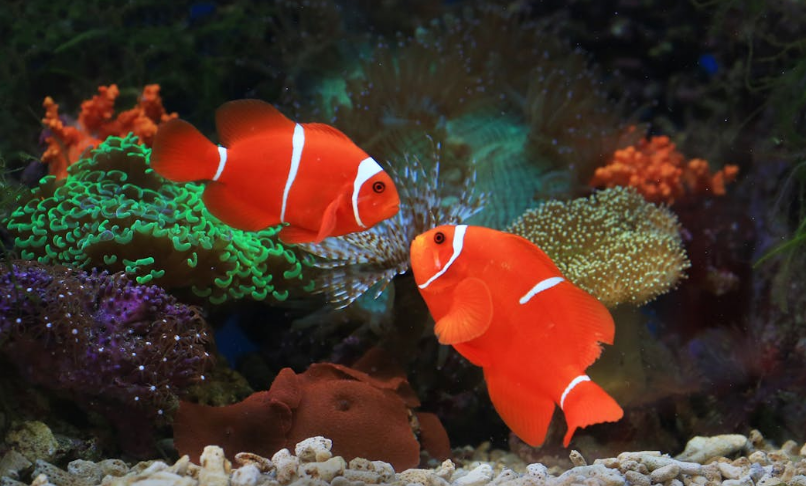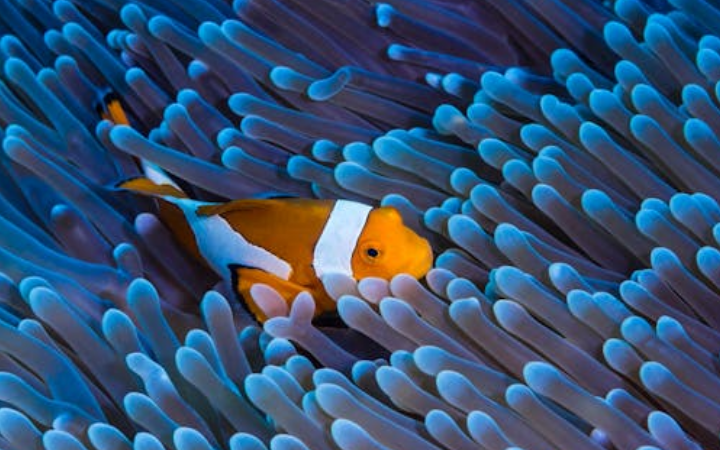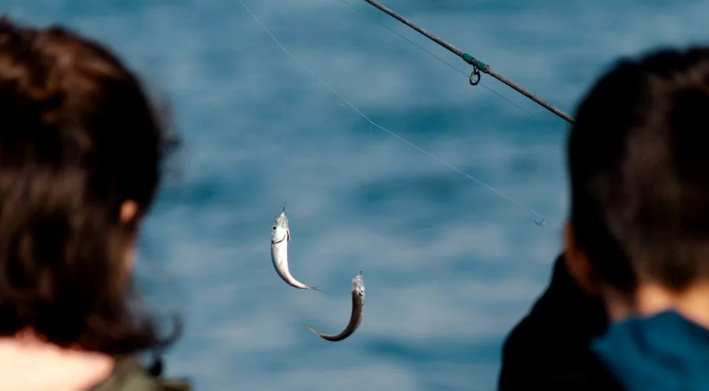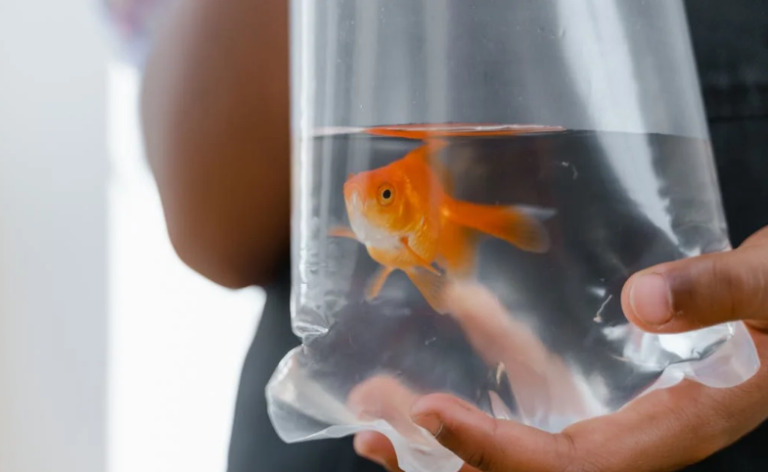Clownfish, with their vibrant orange and white stripes, are among the most recognizable and beloved sea creatures. Popularized by movies like “Finding Nemo,” these small but fascinating fish inhabit the warm waters of the Pacific and Indian Oceans. They share a special relationship with sea anemones, providing mutual protection and shelter. However, there’s more to these charming fish than meets the eye. One intriguing aspect of their behavior is their interaction with their eggs. A common question that arises is: do clownfish eat their own eggs? To answer this, let’s explore the world of clownfish and their intriguing habits.

Clownfish Behavior and Reproduction
Clownfish, or anemonefish, are known for their symbiotic relationship with sea anemones. They form tight-knit communities and live in groups led by a dominant female. When it comes to reproduction, clownfish are quite unique. All clownfish are born male, but they have the ability to change their gender. The most dominant male will become female if the current female dies or leaves. This ensures the stability of their small community.
Clownfish lay their eggs on flat surfaces close to their host anemones. These eggs are usually deposited in clusters and guarded fiercely by the parents, particularly the male. The male clownfish plays a crucial role in caring for the eggs, constantly fanning and aerating them to keep them healthy.
Read Also:
Do Clownfish Eat Their Own Eggs?
While clownfish are diligent parents, there are instances when they consume their own eggs. This behavior might seem puzzling, but it is a natural response to several conditions:
- Unfertilized Eggs: During the spawning process, not all eggs get fertilized. Unfertilized eggs can quickly turn fungus-ridden and pose a threat to the viable eggs. To prevent this, clownfish eat these non-viable eggs to protect the overall health of the clutch.
- Inadequate Nest Conditions: If the environment where the eggs are laid becomes unsuitable or dangerous, the parents might consume the eggs to prevent wasting energy on a futile effort. This can happen if the nest is disturbed by predators or environmental changes.
- Nutrient Replenishment: In times of food scarcity, consuming their own eggs can provide necessary nutrients to the parents. This sacrifice ensures the survival of the adult fish, who can then reproduce again when conditions improve.
- Parental Stress or Inexperience: First-time parents or stressed clownfish may eat their eggs. This behavior is often a result of not knowing how to properly care for the eggs or being overwhelmed by the demands of parenthood.
What is Best Clownfish Diet?
Apart from their occasional consumption of their own eggs, clownfish have a varied diet. In the wild, they feed on a mix of plant and animal matter. Their diet helps maintain their health and supports their symbiotic relationship with sea anemones. Here’s a closer look at what clownfish typically eat:
| Food Type | Description |
|---|---|
| Zooplankton | Tiny floating animals like copepods and small crustaceans. |
| Algae | Various types of algae growing on coral reefs and rocks. |
| Anemone Tentacles | Occasionally nibble on their host anemone’s tentacles. |
| Small Invertebrates | Worms, shrimp, and other small sea creatures. |
| Fish Eggs | Eggs of other fish species found in their habitat. |
The Role of Zooplankton
Zooplankton forms a significant part of the clownfish diet. These tiny animals drift with the ocean currents and include a variety of species, such as copepods and small crustaceans. Clownfish often venture out from the safety of their anemone to catch zooplankton. This source of food is rich in protein and essential for the growth and energy of the clownfish.
Algae: A Vital Food Source
Clownfish also consume algae, which grows abundantly on coral reefs and rocks. Algae are crucial for clownfish as they provide essential nutrients and vitamins. The fish graze on the algae, helping to keep their environment clean and balanced. This part of their diet is especially important in maintaining their vibrant colors and overall health.
Anemone Tentacles
An interesting and lesser-known aspect of the clownfish diet is their occasional nibbling on the tentacles of their host anemone. This behavior is not harmful to the anemone. In fact, it is part of their symbiotic relationship. The clownfish feed on the algae and small organisms that might settle on the anemone’s tentacles, keeping them clean and free from parasites.
Small Invertebrates
In addition to algae and zooplankton, clownfish consume small invertebrates like worms and shrimp. These tiny creatures are abundant in the coral reef ecosystems where clownfish live. They provide an excellent source of protein and are easily accessible for the clownfish.
Eating Fish Eggs
Clownfish sometimes eat the eggs of other fish species. This opportunistic feeding behavior helps them make the most of available food resources in their environment. Fish eggs are rich in nutrients, making them a valuable addition to the clownfish diet.
Read Also:
What’s the Fine for Fishing Without a License?
Clownfish and Their Environment
Clownfish have a symbiotic relationship with sea anemones. This relationship is mutually beneficial, with both species gaining significant advantages. The anemone provides the clownfish with protection from predators, thanks to its stinging tentacles. In return, the clownfish helps keep the anemone clean by eating debris and parasites from its tentacles. This partnership is essential for the survival and prosperity of both species in the wild.
Clownfish are also important members of their ecosystem. By grazing on algae, they help prevent the overgrowth that can harm coral reefs. Their diet and feeding behaviors contribute to the balance of their marine environment.
Adaptations for Survival
Clownfish have developed several adaptations to thrive in their specific habitats. Their bright coloration, for example, serves as a warning to potential predators about the presence of their stinging anemone protector. Their mucus coating is another adaptation, allowing them to live among the anemone’s tentacles without being harmed by the stings. This coating is crucial for their survival and helps maintain their symbiotic relationship with the anemone.
Additionally, clownfish are known for their strong social structures. Living in groups, they establish a clear hierarchy, with a dominant female leading the community. This social structure ensures that there is always a pair ready to breed, maintaining the population.
Conclusion
Clownfish are fascinating creatures with complex behaviors and diets. While the idea of them eating their own eggs might seem surprising, it is a natural response to specific conditions. Understanding these behaviors provides insight into their survival strategies in the wild. Their diet, which includes zooplankton, algae, anemone tentacles, small invertebrates, and even fish eggs, reflects their adaptability and resourcefulness.
These vibrant fish are more than just colorful residents of the coral reefs. They play a crucial role in maintaining the health and balance of their marine ecosystems. Through their interactions with sea anemones and their varied diet, clownfish demonstrate the intricate and interconnected nature of ocean life. So, next time you see a clownfish, remember the fascinating world they inhabit and the remarkable behaviors they exhibit.



